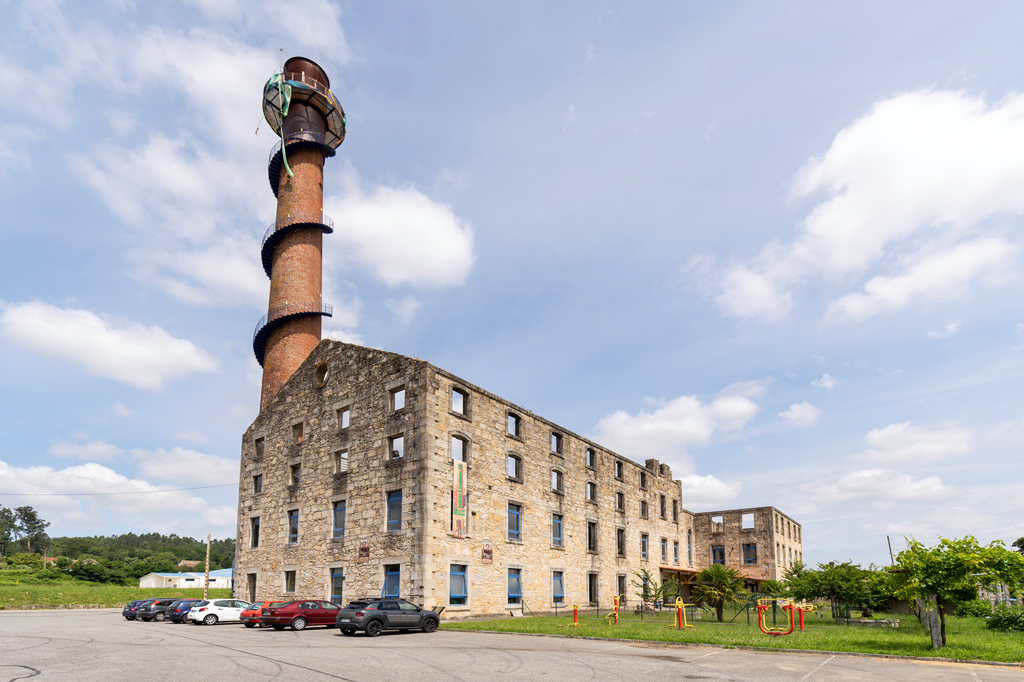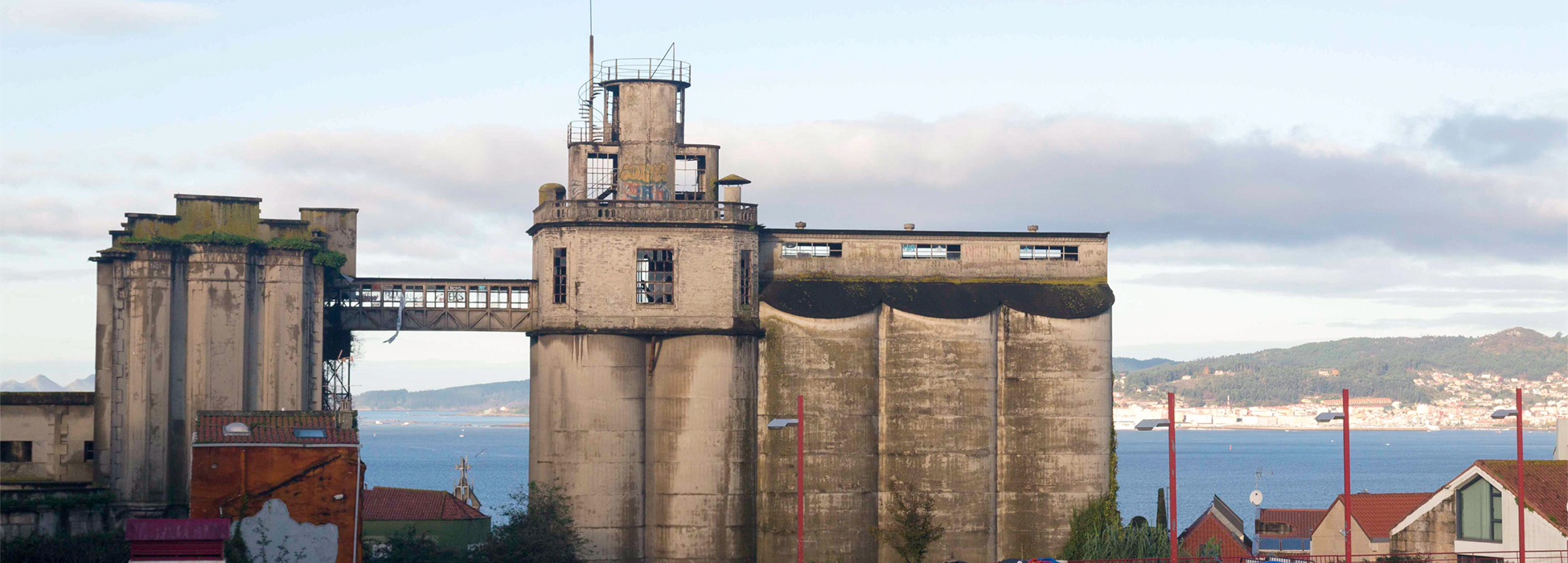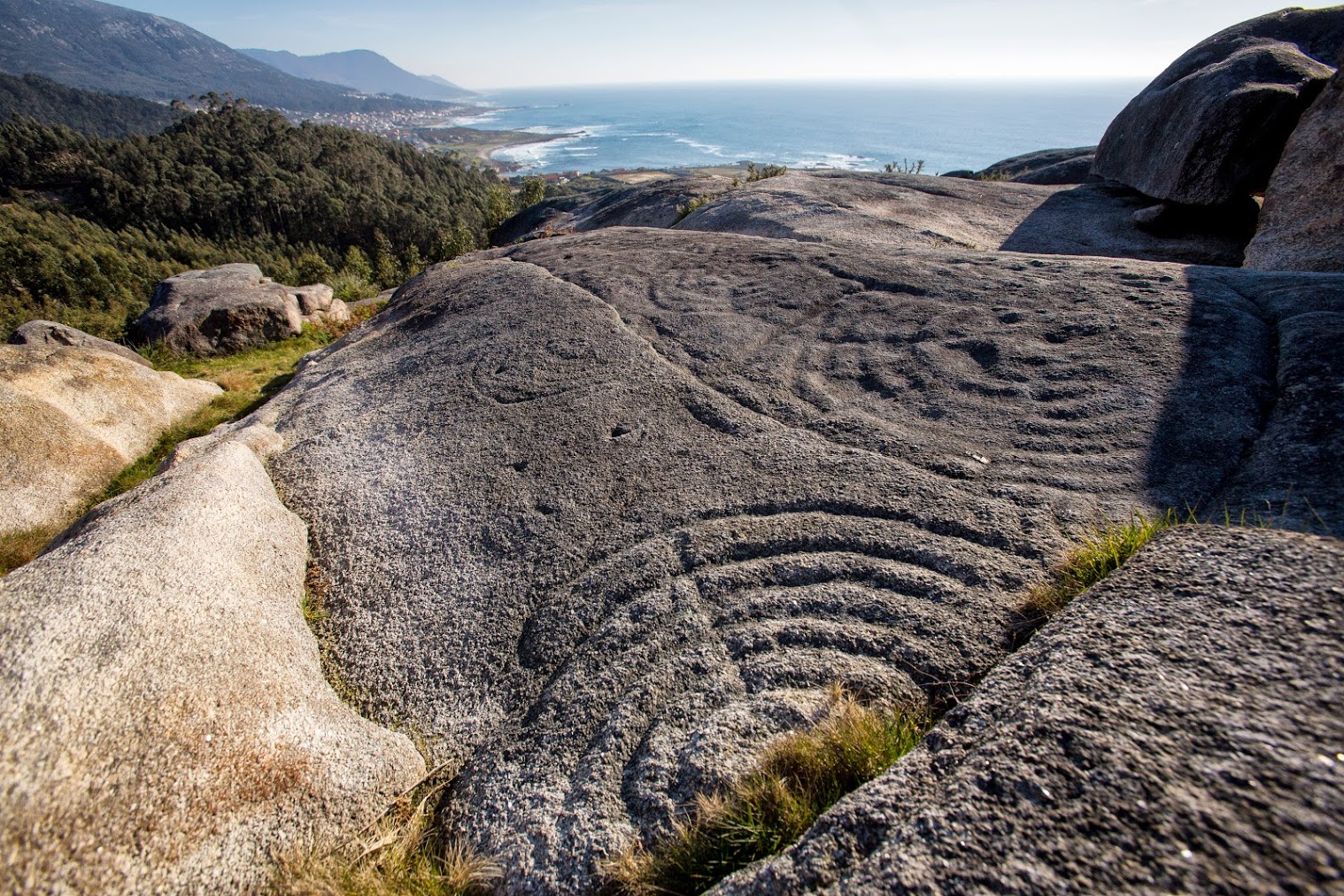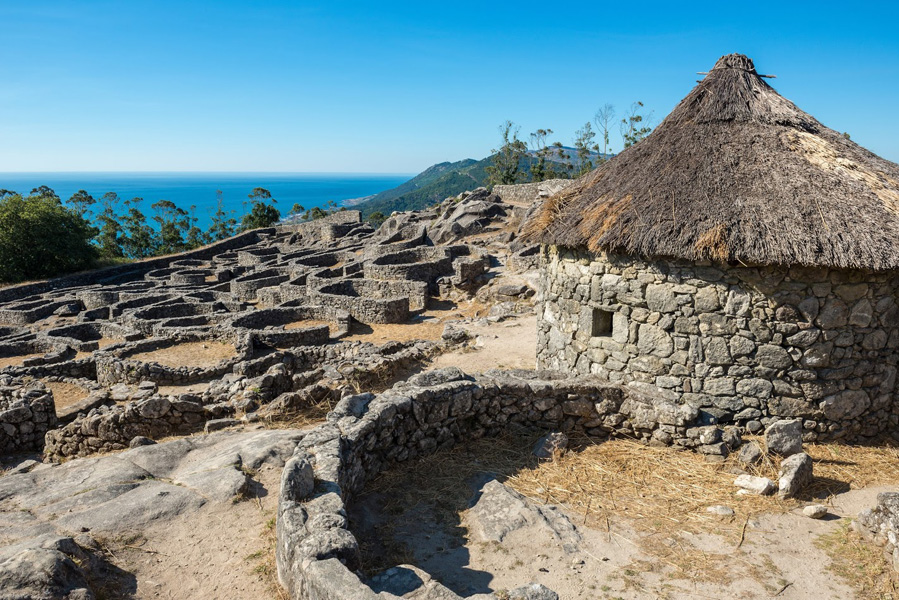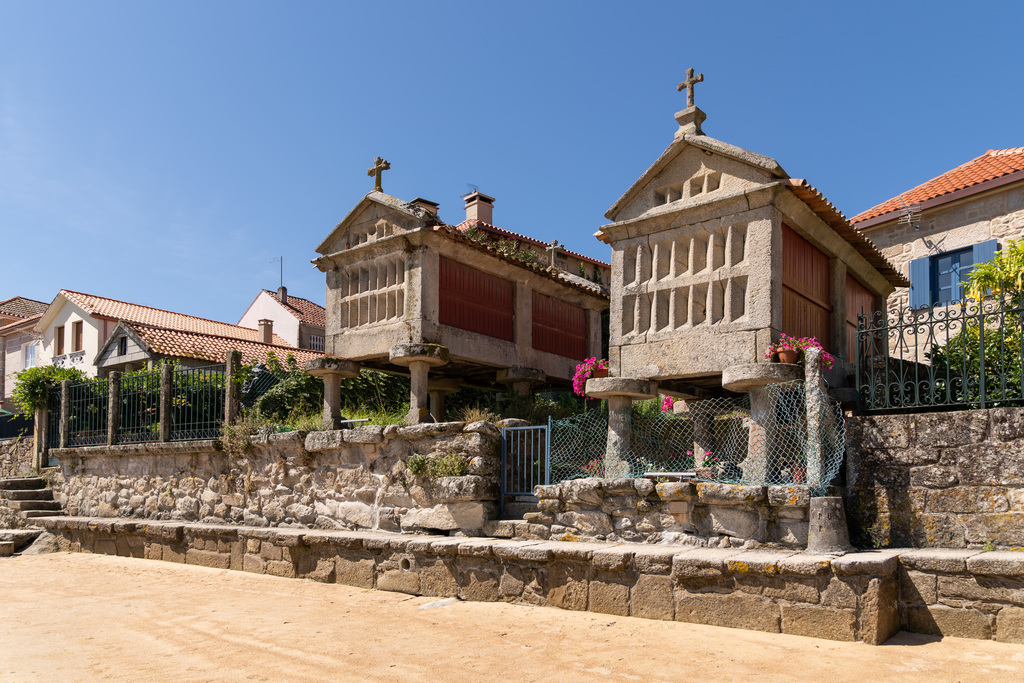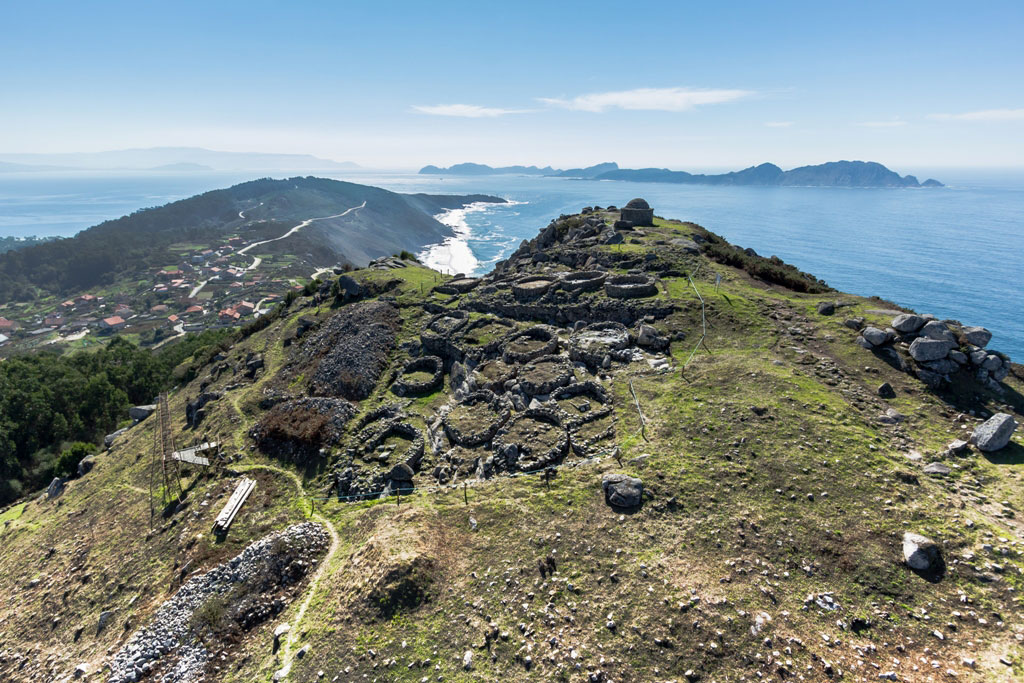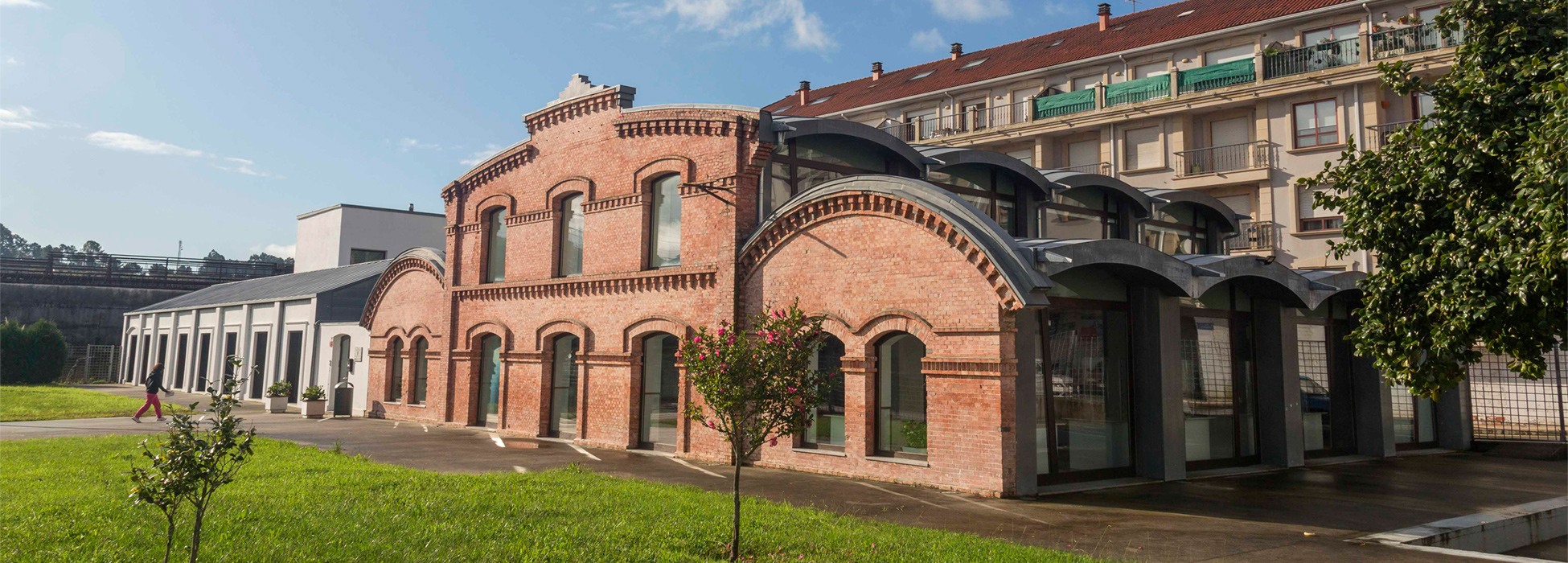
The memory of the industrial heritage
The monumentality of these symbols of the economic strength in As Rías Baixas helps to keep alive the recent history of the province of Pontevedra
The province of Pontevedra preserves a significant industrial heritage. It keeps alive the memory of the years of greatest development of the cannery and naval sectors, as well as some strategic, although less known, activities like the extraction of tungsten at the mining town of Fontao. They are majestic buildings that were turned into multifunctional spaces or exhibition centres. Furthermore, the ones that were not restored have kept their historical and ethnographical value intact despite their ruinous appearance on the outside.
The Beiramar area, in the city of Vigo, is one of the meccas of industrial tourism in the province of Pontevedra. Located in the seaside, it gathers the hectic activity of its docks, the big fishing and naval factories that remain active and the vestiges of their predecessors, now abandoned. A good example is the factory of Alfageme, whose more prominent pieces are being exhibited in the Anfaco Museum. The remnants of La Artística factory and La Panificadora, which is in the process of being recovered for public use, are also very interesting.
Don´t miss ...
- The ship of Alfageme (Vigo)
- Ancient sugar company of Portas (O Salnés)
- Laforet factory (Soutomaior)
- Mill Covián (Silleda)
Getting to know the industrial heritage of As Rías Baixas entails a must visit to the Massó Museum in Bueu, which hosts the most important whaling ship collection in Spain. Without leaving O Morrazo, also in the coastal border of Cangas, are situated the old canning factory of the Massó family, which once had up to 2,000 employees, and the remains of the whaling ship company with the same name, both closed down in the nineties.
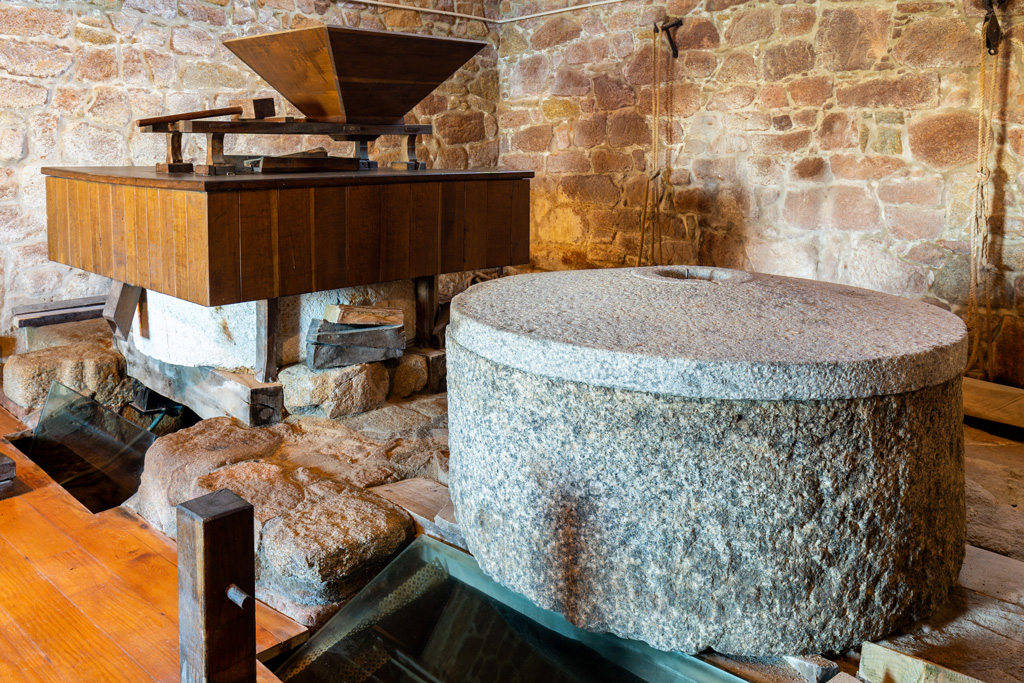
A Seca tide mill
A Seca is a tide mill placed in the coastal inlet Ría de Arousa, in the parish of Corbillón, in Cambados, between the Tragove and Fefiñáns coastal points. It is called “A Seca” (which means ‘dry’) because the inner area stays dry when tide is low and refills again during high tide. It made use of the tidal currents of the sea to keep its four grindstones in movement, and today it is home to a small museum. Each grindstone was able to mill up to 200 kilograms in two working shifts, at daytime and at nightime. The building was restored keeping the mill intact and conditioned as a museum to display the popular heritage of As Rías Baixas..
The Centro de Interpretación da Conserva (‘interpretation centre of the canned food’) in A Illa de Arousa is located in the former factory of Goday, headquarters of the first industrial cannery in Galicia. Two old salgadeiras (salting factory plants) were recovered to build the Museo da Salga (‘salting museum’) in O Grove. Likewise, the architects Aldo Rossi and César Portela turned the old canning factory of Alcabre, in Vigo, into a sea museum, the Museo do Mar de Galicia.
“Today, the chimney of the sugar factory of Portas serves as an excellent panoramic viewpoint over all the valley of O Salnés”
Less well known is the former sugar factory of Portas, restored several years ago and whose 60 metres chimney was turned into a panoramic viewpoint over the valley of O Salnés. The factory of Laforet in Soutomaior, which produced the calcium carbide needed to illuminate the lamps of the canning factories, was rebuilt as a multifunctional space.
The one that is still waiting the opportunity to be visited is the Fábrica da Luz (‘light factory’) of Segade, in Caldas de Reis. As of now, it is in ruins, but it has a fascinating history.
Another singular piece of Pontevedra’s industrial heritage is the Muíño de Covián, in Silleda, a very distinct mill due to its dimensions and characteristics. Located in a place with a great scenic value, the construction was built in 1810 and restored in 2008.








